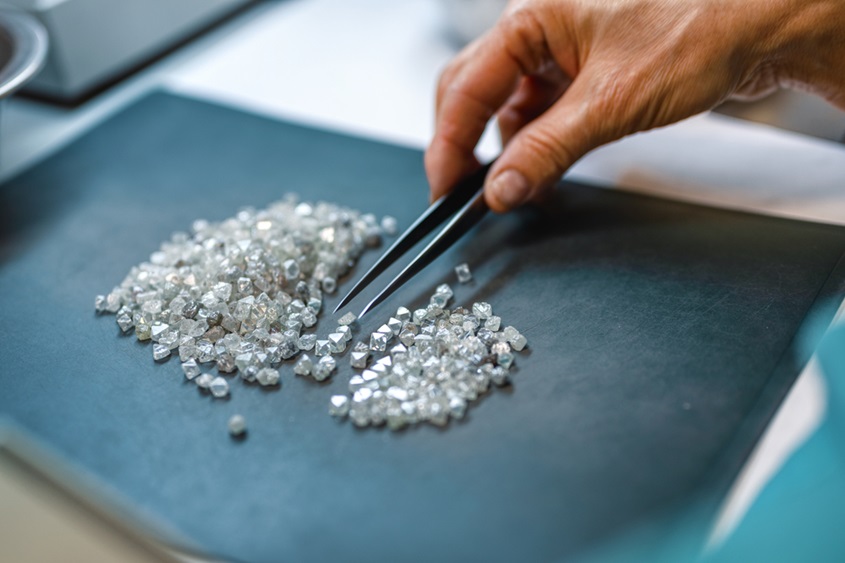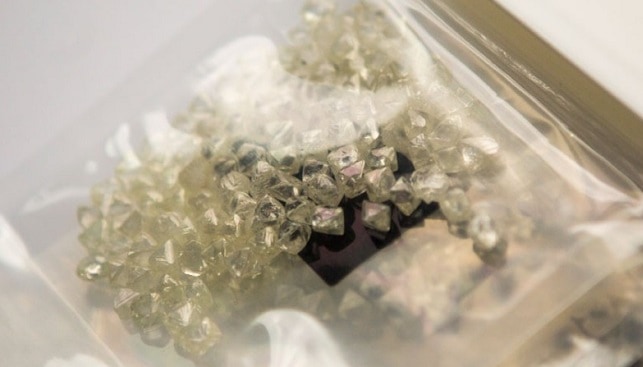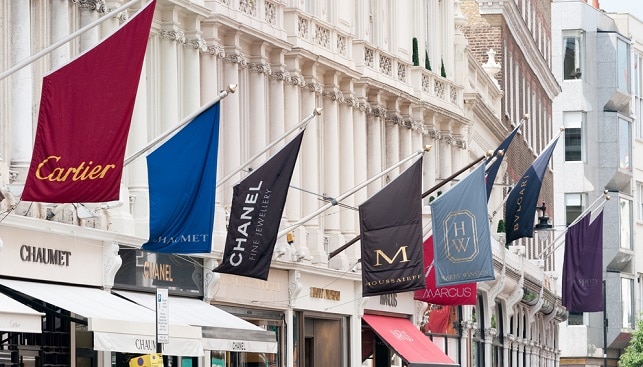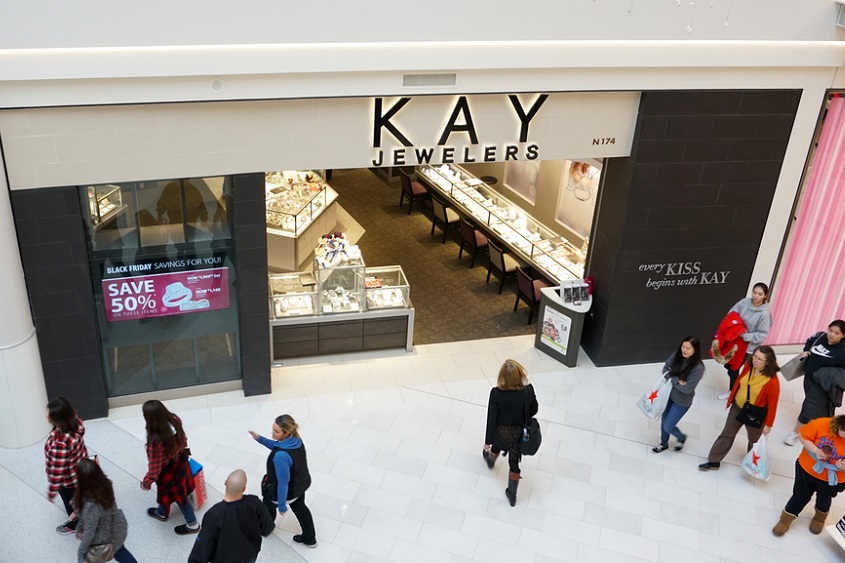The De Beers Diamond Insight Report, recently published, has some very interesting insights on the industry’s performance in 2021 and the first half of 2022.
Titled “A new diamond world: bringing trusted brands to new generations in a digital age” and based on previously unpublished research findings, including a new survey of 18,000 US women conducted earlier this year, the report has found four key trends shaping how diamond consumers – in particular Gen Z – perceive and engage with diamond jewelry. Here are some key highlights from the report.
Ethical assurances
36% of women overall and 39% of Gen Z now specifically seek information on a brand’s ethical credentials when buying diamond jewelry.
In addition, 40% of women overall said that knowing about the positive impact of diamonds on local mining communities would make them more likely to buy diamonds, while this proportion went up to 50% for Gen Z consumers.
The rise of brands
Branded diamond jewelry accounted for two-thirds of all diamond jewelry purchases in the US in 2021 – double the proportion in 2015 – and almost 80% of all sales by value.
According to De Beers, “branded offerings appealed most to Gen Z consumers, who saw brands as contributing to their sense of self-worth and desire for self expression.” 76% of diamond jewelry purchases by Gen Z consumers were branded, compared with 64% for Gen X and only 38% for Baby Boomers.
In addition, brands represented 74% of diamond jewelry purchases among women earning more than $150,000 (compared with 65% across all incomes), while 73% of self-purchased diamonds were branded compared with 62% for bridal and 61% for gifting.
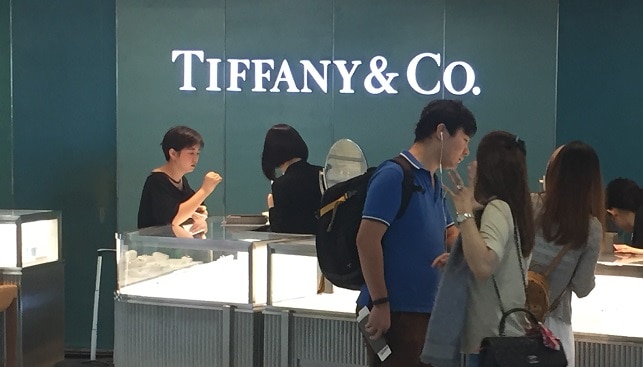
Phygital retail
Online sales of diamond jewelry constituted 25% of US sales by value and 31% by volume in 2021 – “remarkable” acceleration when taking into account that in 2015, online represented only 14% and 18% of sales respectively.
Online purchases were higher than average among Gen Z consumers (at 42% of total Gen Z purchases), those self-purchasing (40% of total purchases) and single women (37% of total purchases).
In addition, 54% of online purchases in 2021 were by people buying diamond jewelry for the first time.
That being said, the melding of the physical and digital retail experiences – ‘phygital’ – is the shopping experience that “today’s consumers most desire,” according to the report. In the US, 49% of all diamond jewelry purchases are now researched online, compared with only 29% in 2015. Of that 49%, 19% of ultimate purchases occurred online while 30% were in-store, “highlighting the importance of a seamless phygital offering.”
Web3 and the metaverse
Finally, the arrival of Web3, NFTs and the metaverse “has the potential to open up new revenue, customer acquisition and brand opportunities for diamond jewelry brands.” According to the report, “with a number of high-profile luxury brands already investing heavily in this space, it promises to be an emerging area of focus for diamond brands.”
Bruce Cleaver, CEO, De Beers Group, said: “The 2022 Diamond Insight Report demonstrates that the consumer trends we have been observing for some time – such as a desire to purchase more sustainably, to buy from trusted brands, to know where and how a diamond is sourced and to shop digitally – are no longer future predictions for the diamond industry. They are already in evidence today and are set to become even more prominent in the future […]”.





